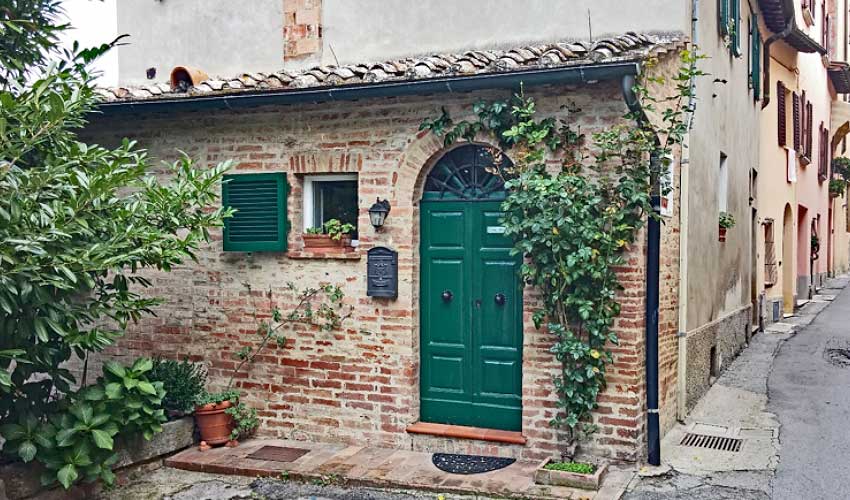Sustainable and Green Building – The Rest of the Story

Sustainable Building and Green Building are terms that are being tossed around more and more frequently. This is especially true in the world of construction and home design. If you have a product to sell, labeling it “green” is the first consideration in your marketing plan. But just what do these terms really mean?
Wikipedia defines Green Building as “the practice of increasing the efficiency with which buildings use resources.” Under this definition, “green” could apply to most anything as long as it was more “resource efficient” than something else. In our world of advertising claims and everything being the “next greatest innovation,” we might immediately think of some new techno-gizmo that controls energy consumption or items like floor tiles made from recycled beer cans as being green and sustainable. These kinds of things might be a bit better than similar products, but does that mean they are sufficiently better to warrant being called “green” and “sustainable?
I would suggest that you look at the larger picture of “green” and “sustainable.” Just because a product is made from recycled material does not mean it is doing good deeds for the environment. You need to look at the energy consumed in its production. Consider the energy needed to transportation of the product to where it’s needed. Can the product be recycled? What materials are used in its fabrication?
The Ethanol Myth
The current craze for ethanol in gasoline is a case in point. Did you know that ethanol consumes more energy to produce than it provides? Most of us are unaware of the true “energy cost” of ethanol. Because ethanol cannot be pumped through pipes like gasoline and oil due to its viscosity. It must be transported by trucks to distribution centers. The trucks, of course, consume fuel and emit greenhouse gases. Add to that the fact that making ethanol uses up corn, a food source that millions of very poor people around the world desperately need and you will see the lunacy of using our food for fuel that does not even result in a net fuel savings.
We jumped on ethanol because it was a fuel derived from an easily renewable plant. That seemed like a good idea. But few of us considered the big energy and food picture. It made us feel like we were doing something good, but that good deed was actually an illusion.
Sustainable and Green Building is Not Always Obvious
In homebuilding, sometimes the tried and true materials are actually more “green” and more “sustainable” than you might think. The traditional use of brick is an example of sustainable and green building that does not initially seem very sustainable and green. Although brick consumes a large amount of energy to produce as it is being “fired” in a kiln, it is made of readily available, abundant, non-toxic, clean materials – clay and shale. Bricks last a long, long time, so replacement is not necessary, meaning that no future energy or resources are a part of brick’s “life cycle.” And even when unpainted bricks are discarded, they are inert in the earth, thus they do not contribute to ground water pollution.
Decide What Counts as Sustainable and Green Building for Yourself
My message is this. When choosing your building materials and products, consider the big energy and natural resources picture. How much energy is used to produce the product? How long is the product’s useful life? Can the product be efficiently recycled into some other useful product? Is it a product that saves energy or resources during its useful life? I’m thinking of things such as insulation. And at the end of the product’s useful life, can it be disposed of safely and with no potential of pollution? If you take all of these factors into consideration, you will be able to determine what products and materials can rightly be used in sustainable and green building.
I hope this information is helpful to you. You might want to get yourself a copy of my best-seller, Designing Your Perfect House. It is chockfull of valuable tips and advice that will save you many times the cost of the book on your house building or remodeling project. And check out my other book that will help you make your home a happy and “restorative” place. The Well-Centered Home.


It is an insightful guide on sustainable home design, highlighting the importance of eco-friendly construction methods and their impact on the environment. It contains engaging content that emphasizes key elements for creating a greener future in residential architecture.